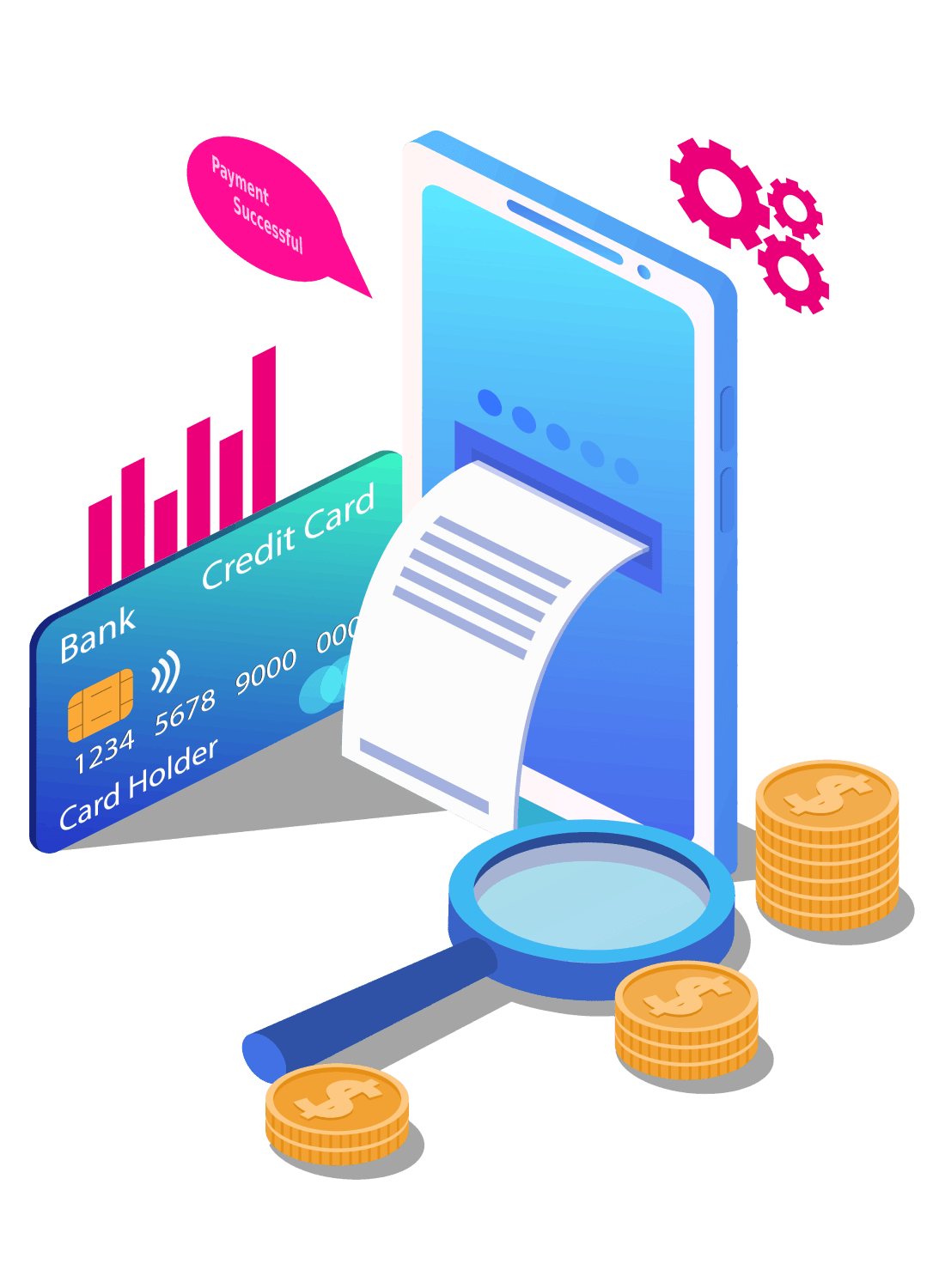3 Essential Features of Payment Gateways That Make Transactions Faster

A payment gateway is the most straightforward way for a company to accept digital or online payments through its website or app.
In a short period, online payments have become an integral part of our daily life. We transact online not only with debit and credit cards, but also with a variety of alternative methods such as UPI, net banking, and wallets.
What is a payment gateway?
Lots of people are unaware of what is a payment gateway, it is what keeps the payments ecosystem running smoothly by allowing consumers and companies to make online payments. You don’t need to be a payment gateway specialist to be an online merchant, but it’s worth knowing the basics of how an online payment moves from your consumer to your bank account. Check out the Cashfree payment gateway. It’s one of India’s most popular payment gateways. It accepts more than 120 different payment methods, including cards, UPI, digital wallets, and more.
How do payment gateways work?
After having a brief understanding of what is a payment gateway, let us discuss how it works.
- The customer adds the products or services they want to buy to their cart and then proceeds to the payment page.
- The customer is next requested to enter credit card or debit card information. The 16-digit card number, cardholder’s name, expiration date, and CVV number are among the information provided. Depending on the integration type, such as server-to-server, payment page integration, or client-side encryption, the information is securely transmitted to your payment gateway after submission.
- Before sending the card information to the acquiring bank, the payment gateway encrypts the card details and performs a security check.
- The acquiring bank securely delivers the information to the card systems, such as Visa, Mastercard, and Maestro.
- The card schemes provide an additional degree of protection to the payment information before sending it to the issuing bank. The issuing bank authorizes the transaction after executing the security and fraud checks. The bank receives the permission or decline notification from the card schemes, which is then forwarded to the acquirer.
- The acquiring bank then transmits the message of approval or rejection to the payment gateway, which subsequently sends it to the merchant. The acquirer takes the payment amount from the issuing bank and retains the monies in the merchant account if the payment is successful.
- The merchant may display an order or payment confirmation page or advise the consumer to try another payment method based on the payment gateway’s message.
Payment Gateway’s Must-Have Features
Security, scalability, anonymity, are the most important aspects of an Internet payment system. Specificity of these traits, such as anonymity, is more significant in some societies or for particular types of transactions than in others.
Security
Payment systems will be a prime target for fraudsters because they involve actual money. In today’s times, internet services are delivered via relatively open networks, the infrastructure enabling electronic commerce must be usable and resistant to attack in an environment where eavesdropping and message alteration are common.
Scalability
As the business use of the Internet expands, so will the demands placed on payment servers. The payment system as a whole must be able to accommodate the increased number of customers and merchants without obvious performance degradation. The system’s growth will be limited by the presence of central servers via which all transactions must be processed. Multiple servers must be supported by the payment infrastructure, which must be deployed around the network.
Anonymity
The identities of the parties to a transaction should be protected in some cases; it should not be easy to track an individual’s purchasing habits or establish their source of income. Traditional payment mechanisms, such as cheques and credit cards, can be traced back to an individual. When anonymity is vital, the cost of tracking a transaction should be greater than the benefit of the information gained.
Conclusion
After having a detailed discussion of what is a payment gateway and other features, we can conclude that there is no such thing as a “perfect” payment gateway, as a result, you’ll have to pick the one that suits your requirements.
For some enterprises, security may be the most important consideration. Others may be concerned about the cost. If you’re stuck, ask your peers and mentors for guidance (and specifics on any previous experiences they’ve had) before settling on a final choice.
